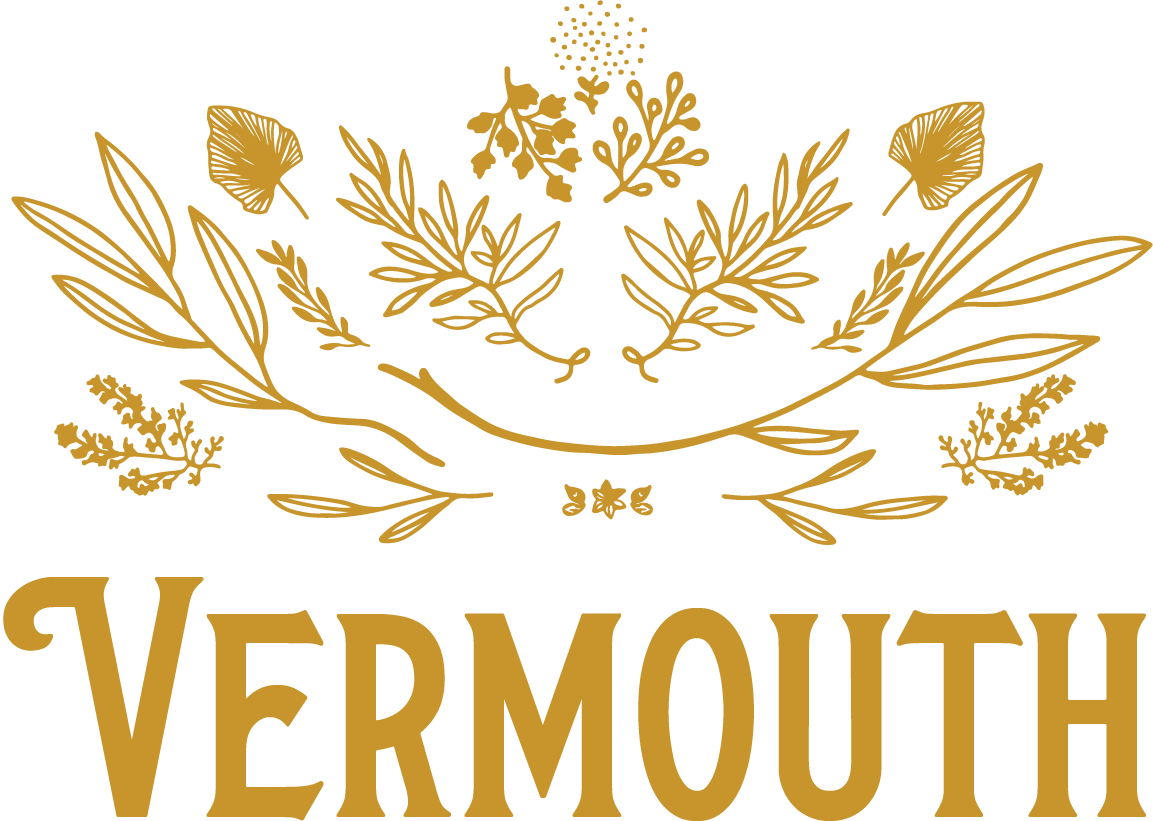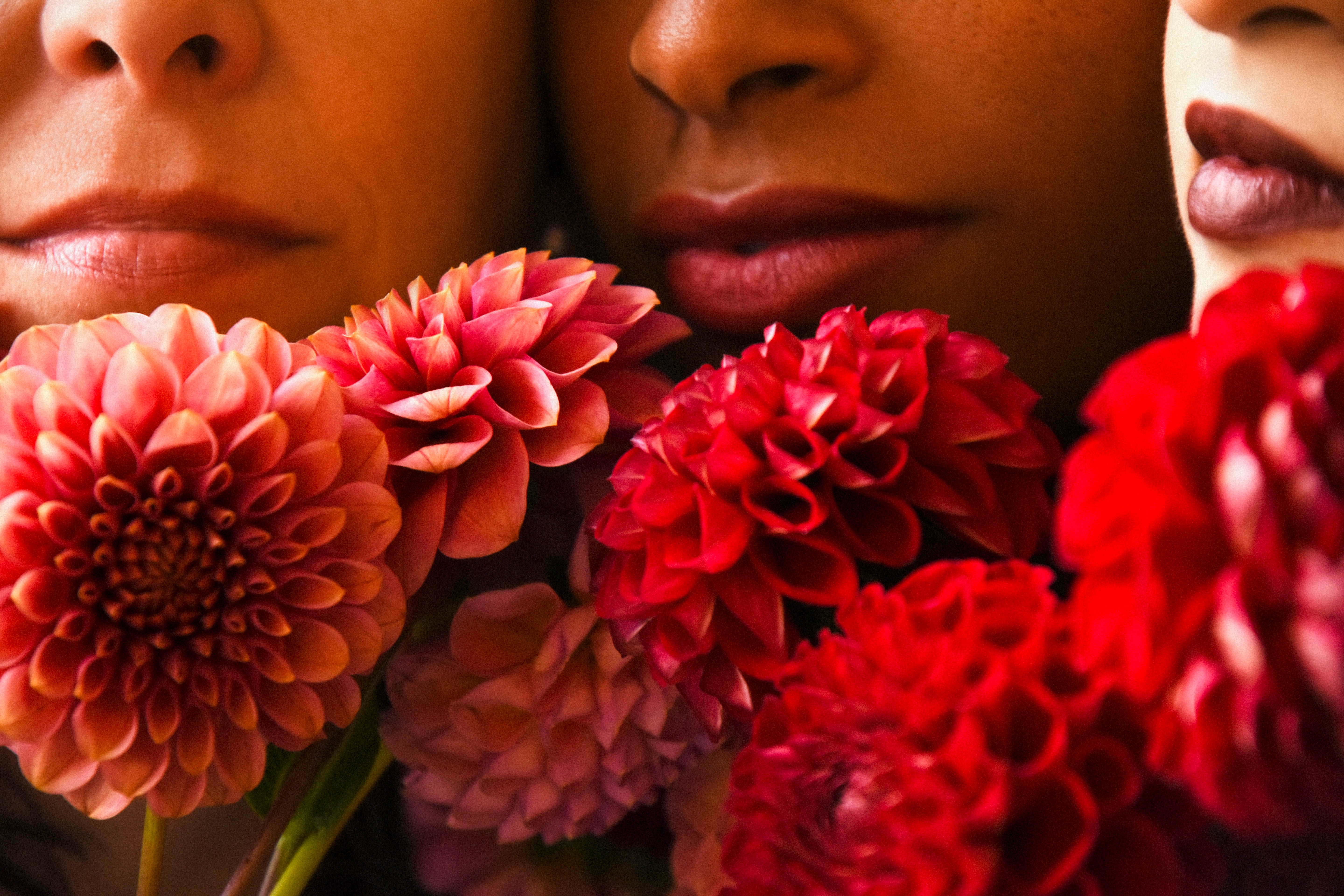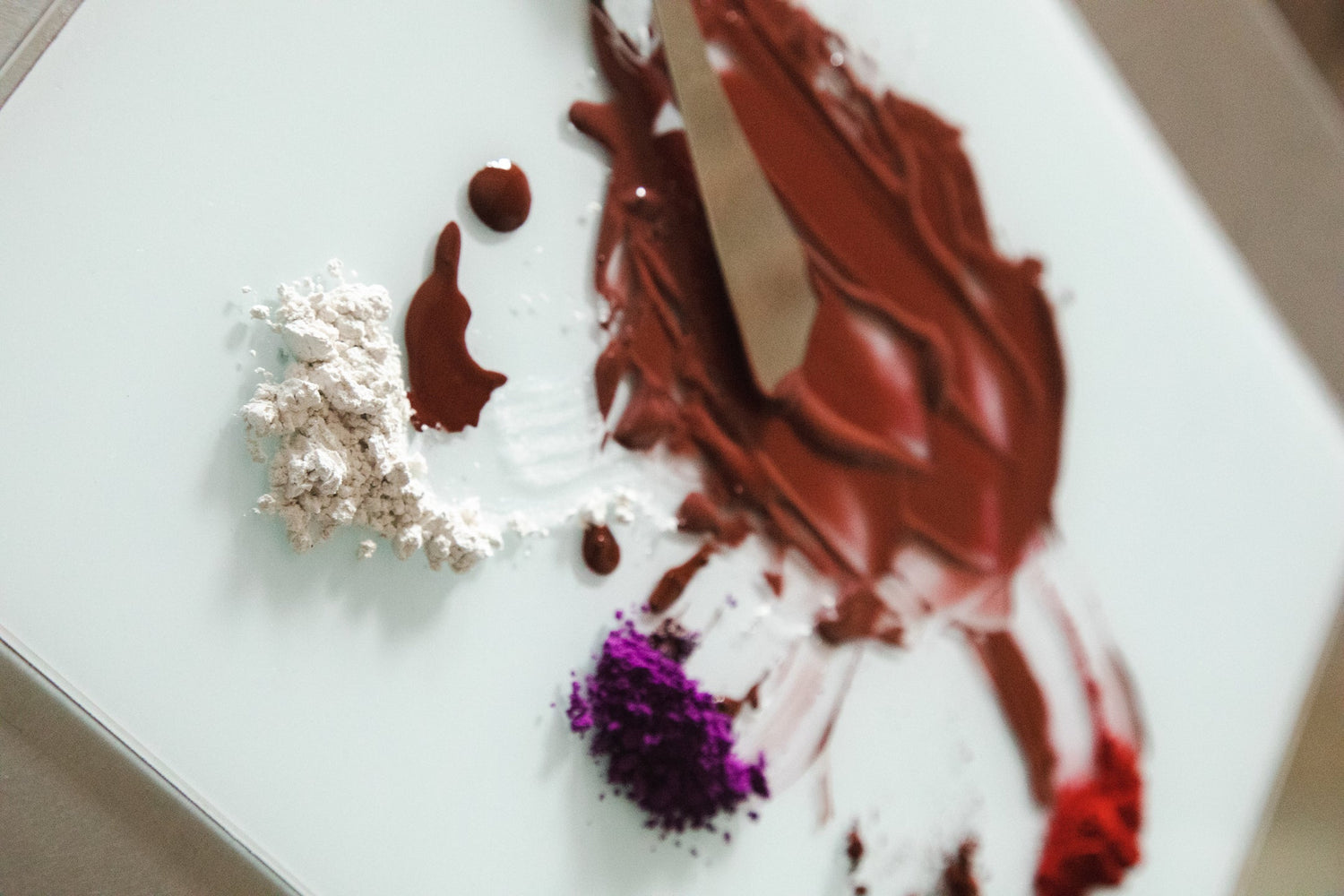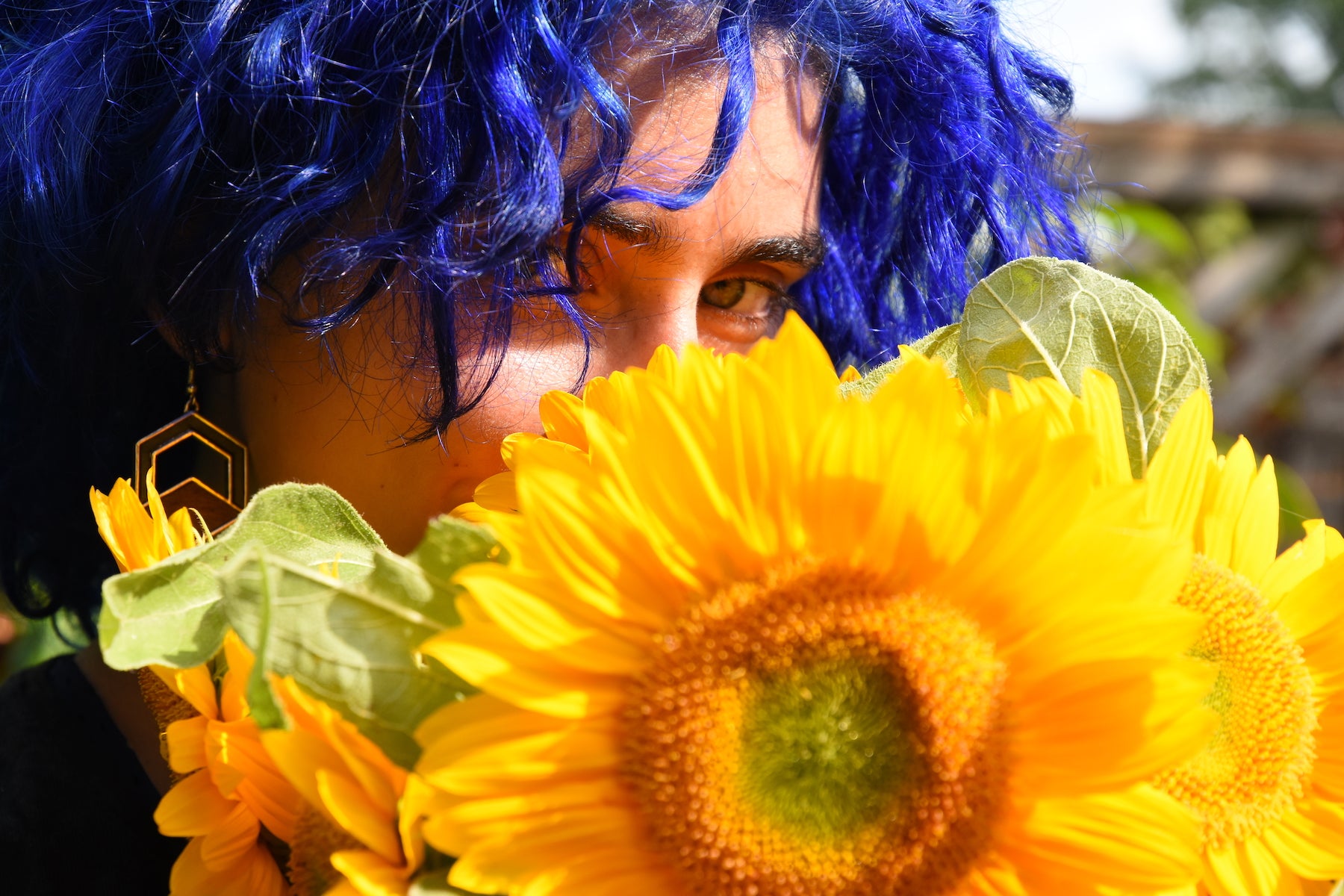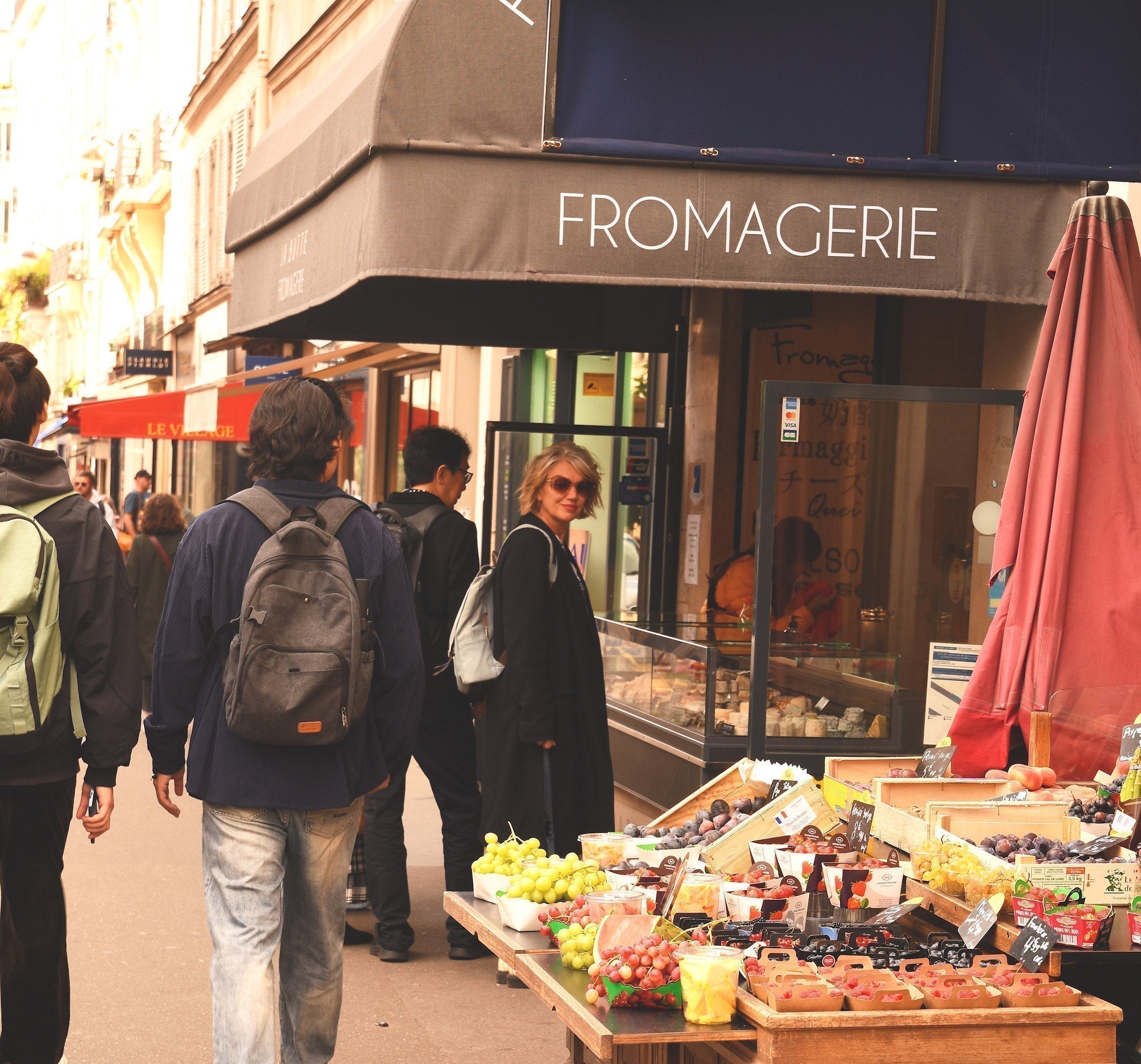There’s a famous quote by Pablo Picasso where he says, “learn the rules like a pro, so you can break them like an artist.” Digging deeper into the background of Vermouth Beauty, that rings like it’s tried and true. It’s common and even expected for a beauty brand to be founded by a makeup artist, but what people don’t know —or can’t tell right away— is that our beautiful little boxes of lip luxuries actually came partly from the mind of a fine artist. Now why might that matter?
Firstly, we have to take into account the type of training and exposure one has. In the case of CEO and CoFounder, Meg Diaz, that training came early.
“I actually started formal training at 14 in a full-time program in high school. I was the only person in it who didn’t go to a formal art school.” After that, Meg went on to majoring in art in college, and then living in Italy to apprentice as a fresco painter. This is where, unknowingly, the seeds were sown.
“I lived in Assisi and worked in a tiny village outside of it. I spent a lot of time grinding paint which is something people don’t really tell you: you spend a lot of time in a closet grinding paint. It gave me a really great sense of how pigment behaves in suspension. Each pigment is a little different - they all have their own characteristics,” Meg chuckles with nostalgia, “I think I still have a grudge against verdaccio (ugly green), the more you grind it the better it gets. It’s a blend of a couple pigments, but it does get better the longer you work with it.”
Getting better the longer you work with it… things are starting to sound familiar here, like a product we know and love today. Hearing the stories of her novice days makes you wonder, did Meg know what kind of fruit would come from her labor?

Grinding pigment, arguably, may not have been the most difficult part of the apprenticeship. There’s the part where Meg was living not too far off from an actual Renaissance-era painter: “Everything I did was about art or freezing my ass off since 12th-Century houses don’t heat well!”
Then there is the demand to maintain these beautiful works of art from centuries past. “One of the (many) orders of monks in Assisi had a church with a ceiling they wanted painted. There are all kinds of ways fresco can be damaged. You can’t just take the painting down and fix it. If the ceiling leaks, the painting is damaged.” Meg goes on to reveal, “ Some of the monk rivalry prevented the frescos from getting repaired. They all hated each other!”
While doing that fresco painting, so came the acquisition of fresco tools. “I used a lot of really old tools from ancient history. A lot of times buying fresco brushes is hard to do, but tools like silver point —you can order them— are plastic-handled. I used to have a handle with a gripper that you could put a little piece of silver wire in. They’re inherently sustainable because they’re meant to be repaired and reused,” Meg explains. “I learned how to make my own tools. I learned how to sharpen pencils without a pencil sharpener, how to trim brushes to get the right behavior out of them, how to treat paper to react with silverpoint, and so on. I didn’t just learn them, I did them. It was a really immersive experience.”

And with that, years before its launch or even conception, the stars aligned for the fate of Vermouth Beauty. Borrowing from the well-versed experience of her art tools, Meg eventually saw a solution to a problem few ever talked about, such as the excess amount of product waste and applicators that end up polluting everything from drawers to oceans.
“I used conte crayons and pastels [in painting], and they crossed my mind as a way to hold lip color. When you use them it doesn’t matter as an artist that they’re all over your hands, but as a beauty user you don’t want that! What I realized is that I wanted a handle to hold the lipstick and I knew how to make that — so I did.”
After some more grueling months of hand-making art tools that Meg probably thought were behind her, the revolutionized Vermouth Beauty lip crayon was born. Beyond the physical structure of the lip color, the actual technique of painting in the way of fresco also laid a heavy hand on Vermouth’s product line. All this is to say, the blendability of our lip crayons is by design.

“One of the great things in our training is understanding how the same color behaves on different grounds. People think of a blank canvas as white, but most artists treat it to have different colors underlying it so that the color, the light etc., is different depending what the ground is. Women aren’t any different,” Meg connects fine art to beauty. “Even when you have women with the exact same skin tone, they typically have different lip colors. Someone with very red lips versus someone with very neutral lips look different, even if they both have caramel skin, for example. [The crayon] lets someone's natural beauty shine through.”
It doesn’t take a genius to make the connection from art to beauty, but the obvious take would be to create makeup similar to paint, as some companies do. Vermouth didn’t want to do that, and Meg didn’t want to be another voice in the industry telling women how to mask themselves.
“I don't want to cover someone up. I want to build fun and play, and let them enjoy how color is on them, rather than push the color onto them.”
Vermouth Beauty came from the minds of women who thought differently, and literally from the hands of a woman who knew how to do it. Coming to the market with a product so different from the traditional way of lipstick, while using a very traditional art tool, just so happened to be the start of a new experience for women and beauty as a whole.

Mahnoor Ali is a production assistant at Vermouth Beauty. With a background in creative writing and raging intersectional feminism, she brings her passion for curating aesthetics and consideration for the Anthropocene to the team. Mahnoor enjoys films, poetry, good coffee, and being the cool aunt.
